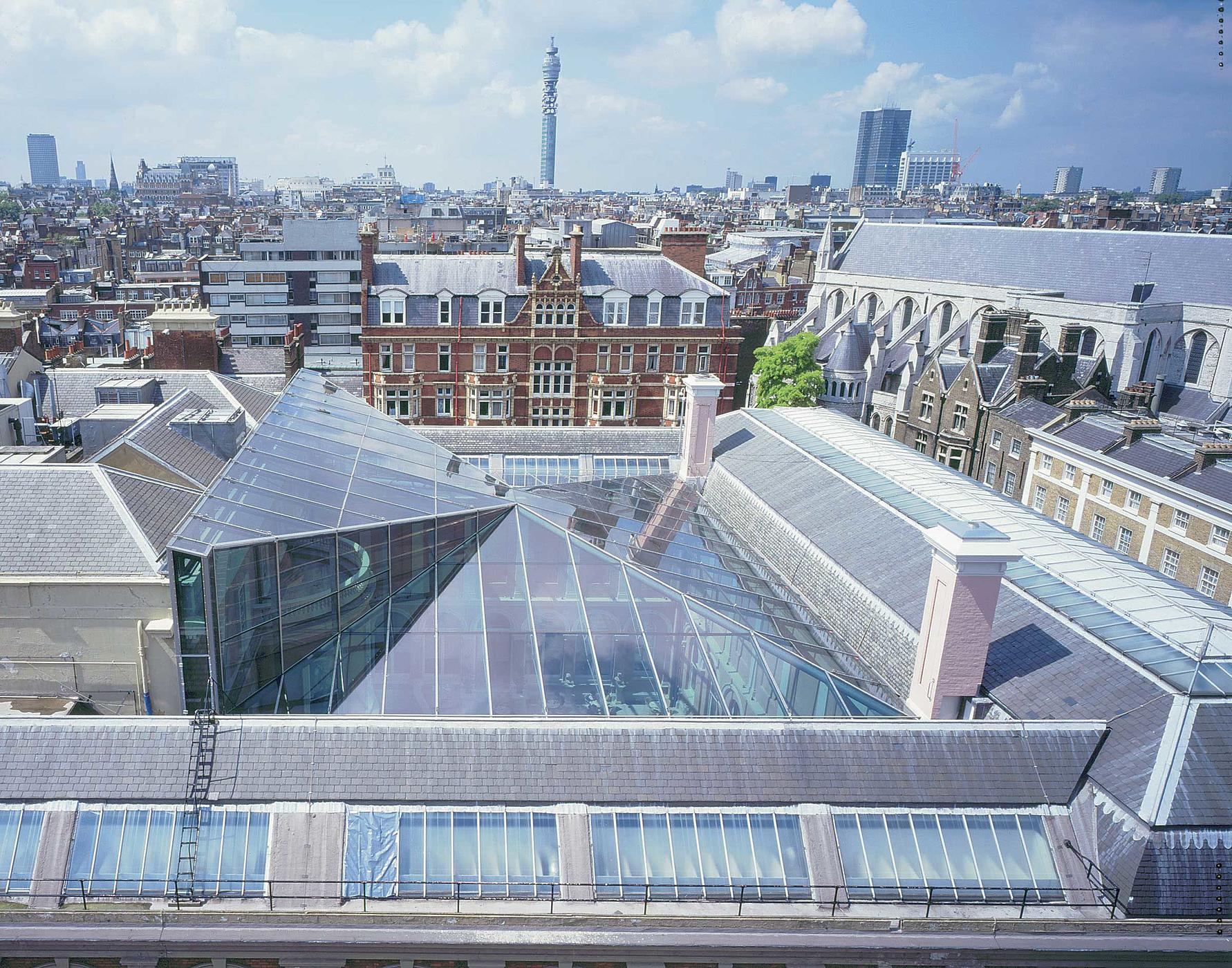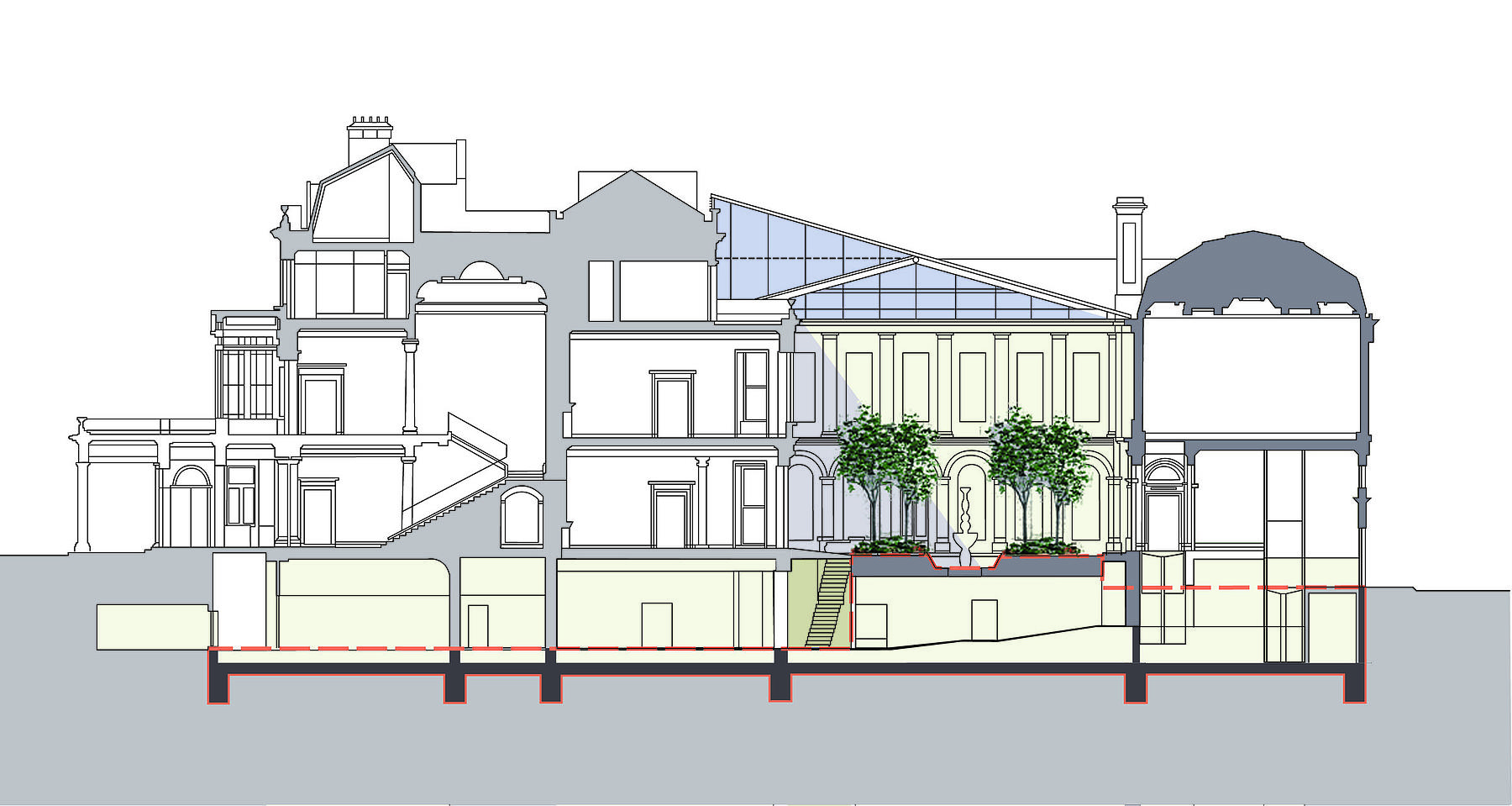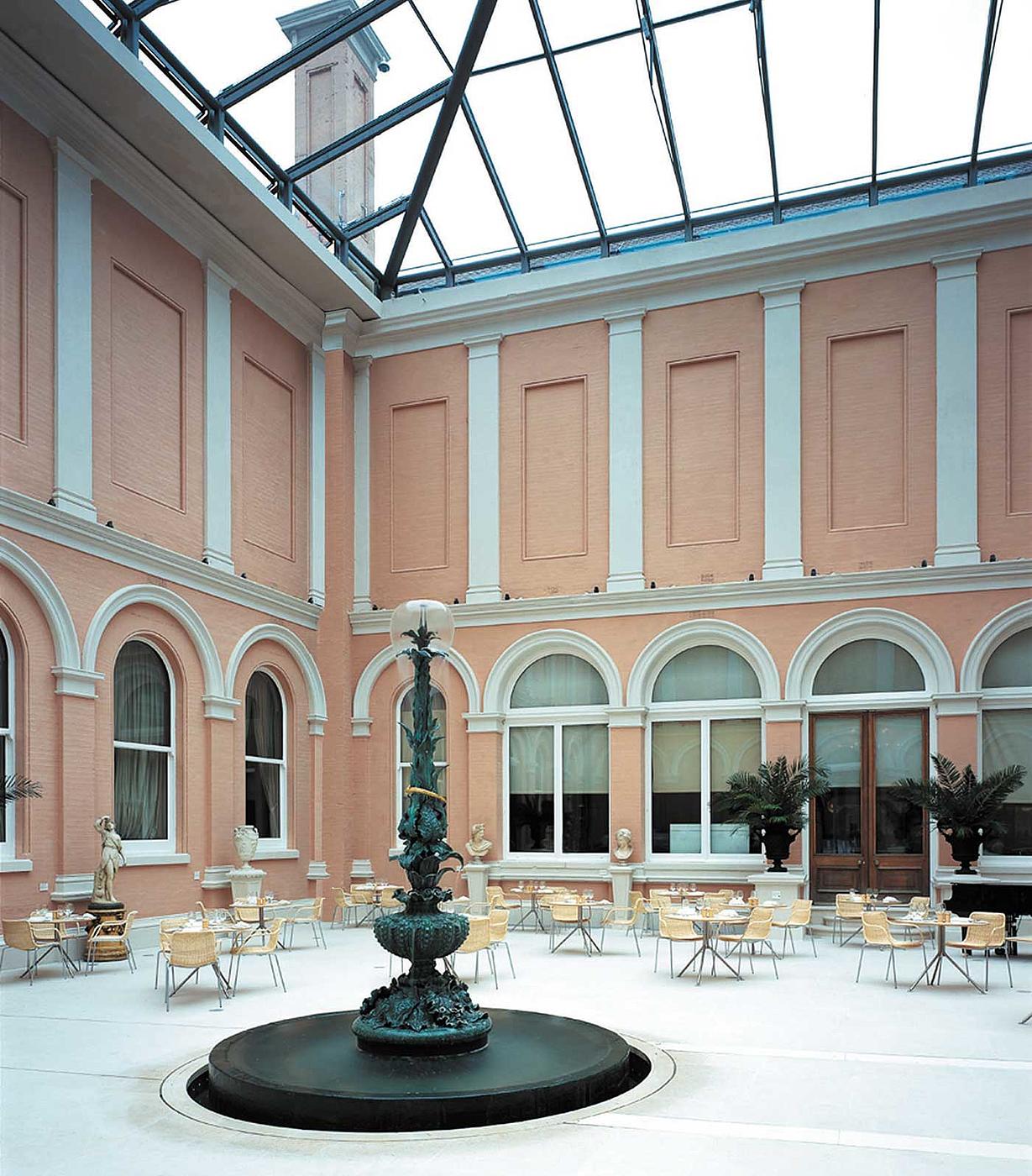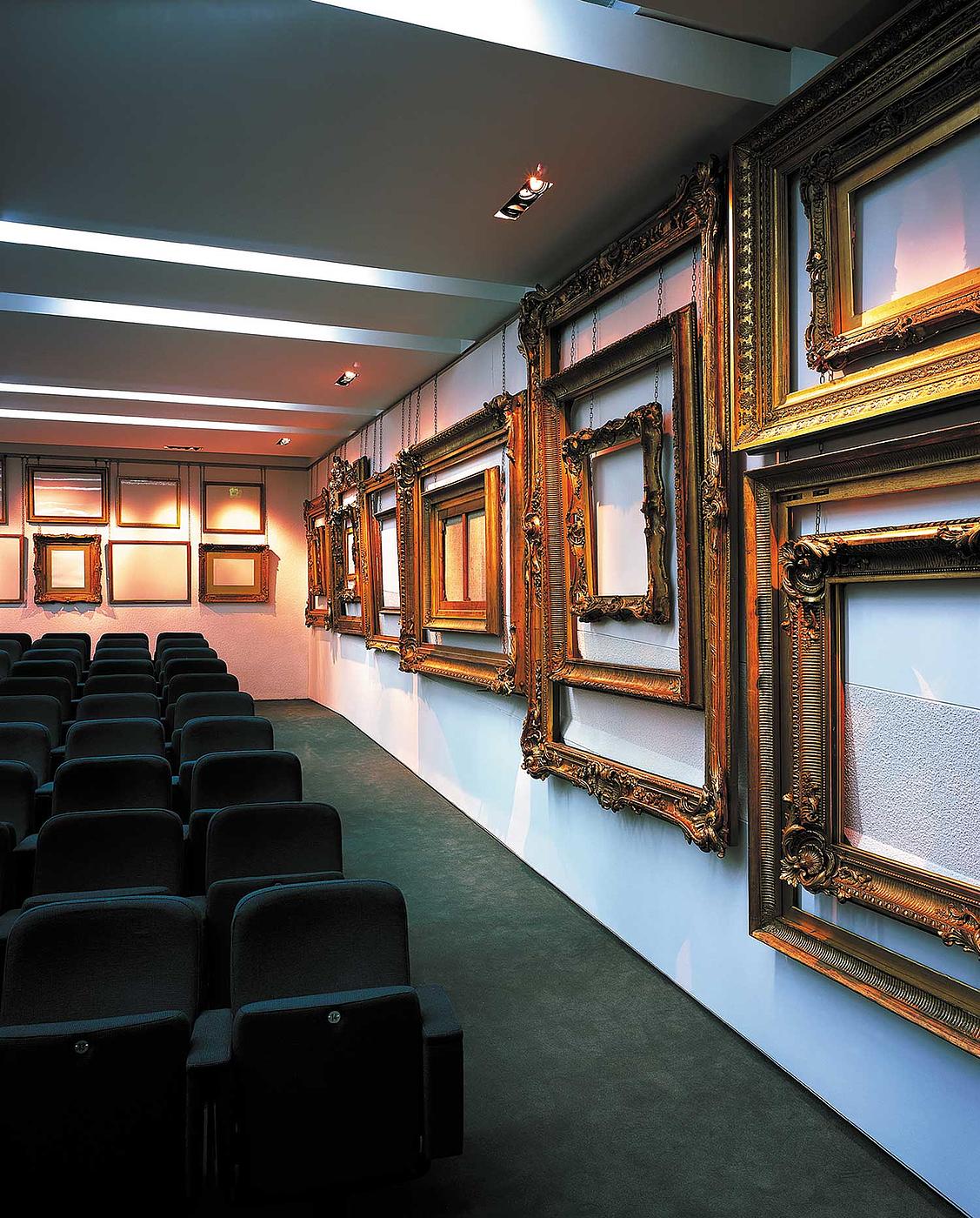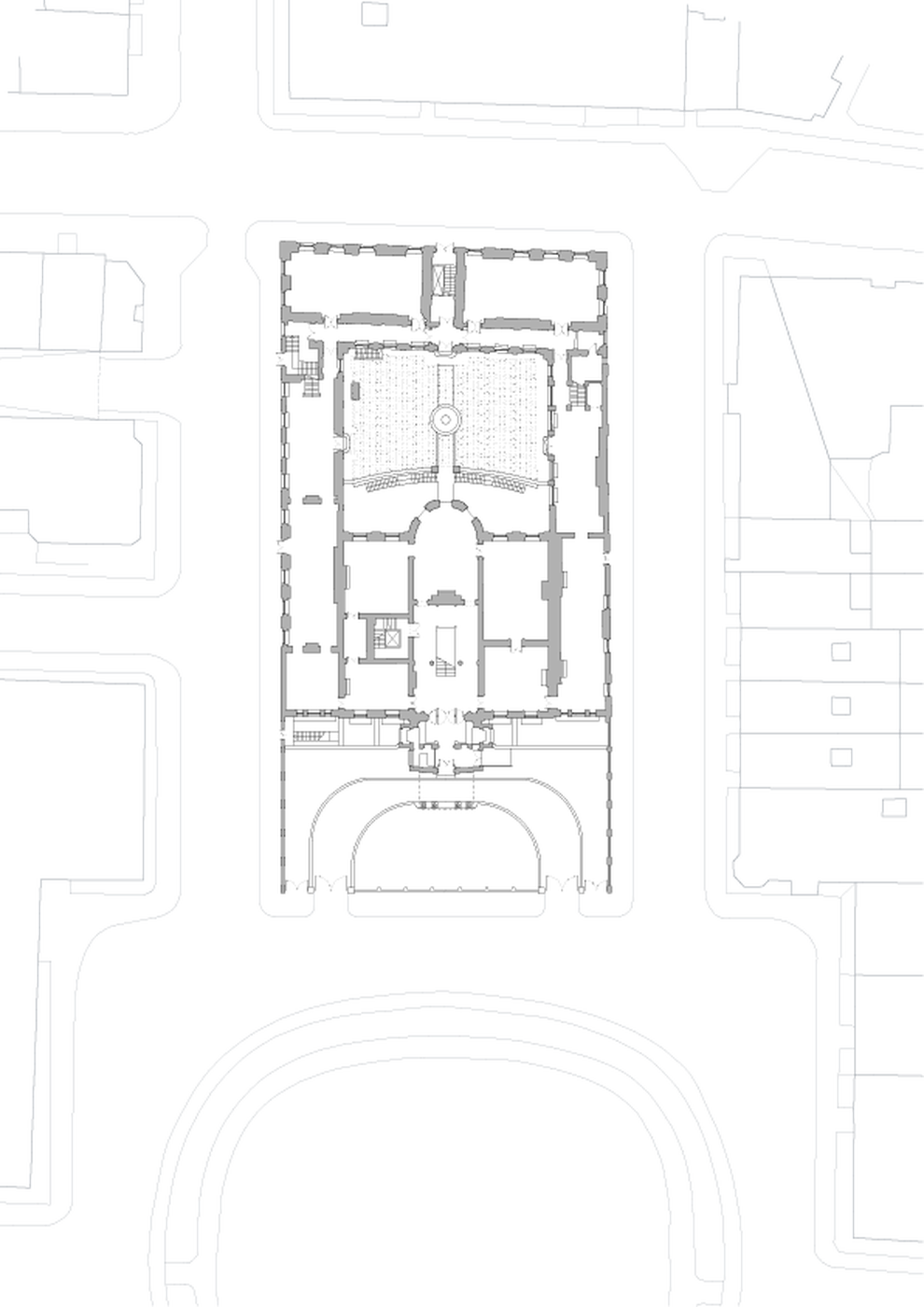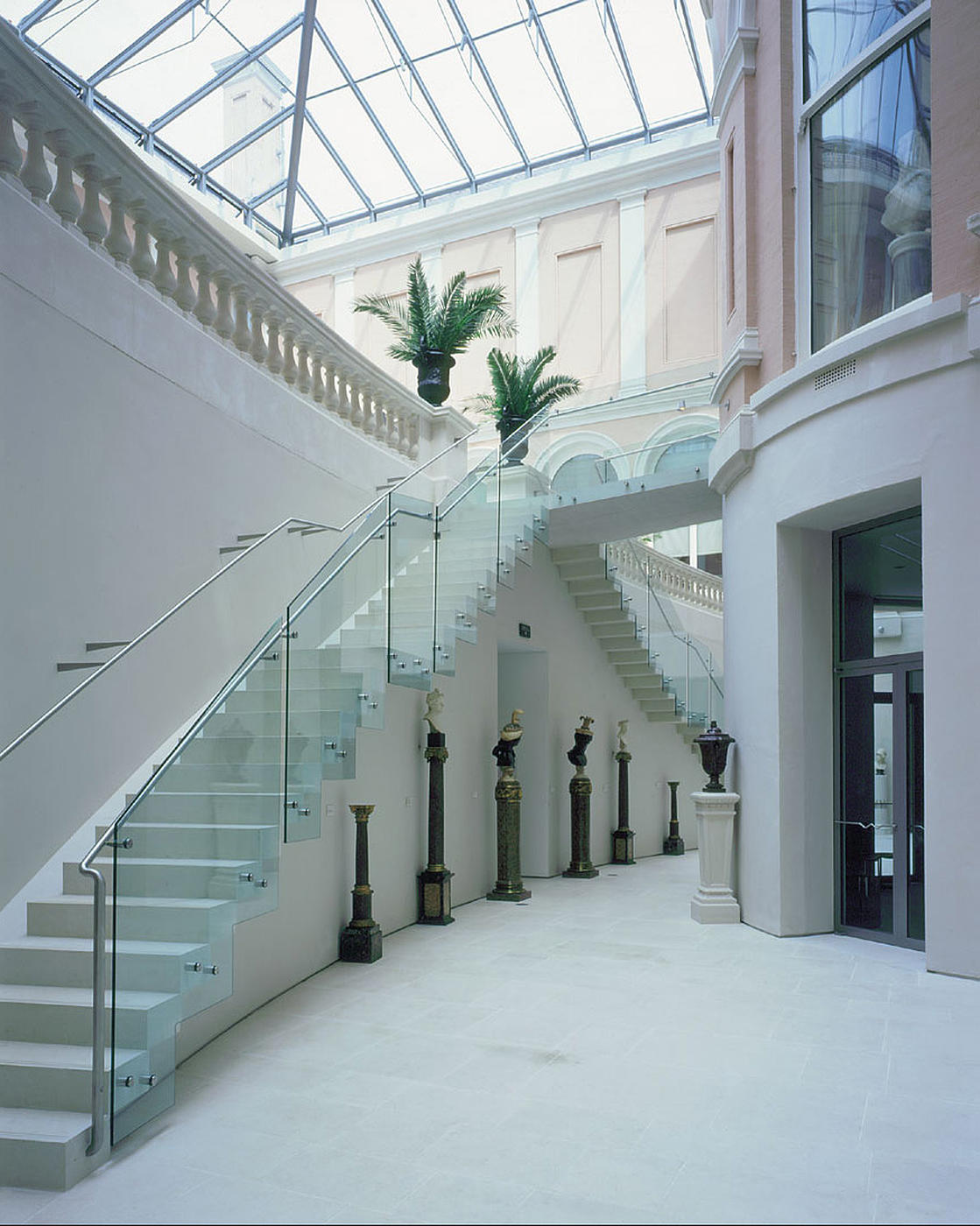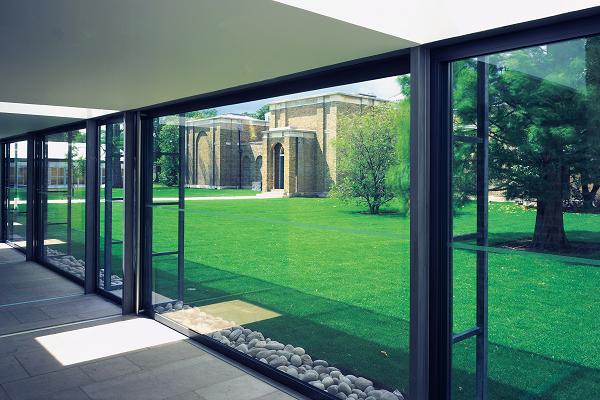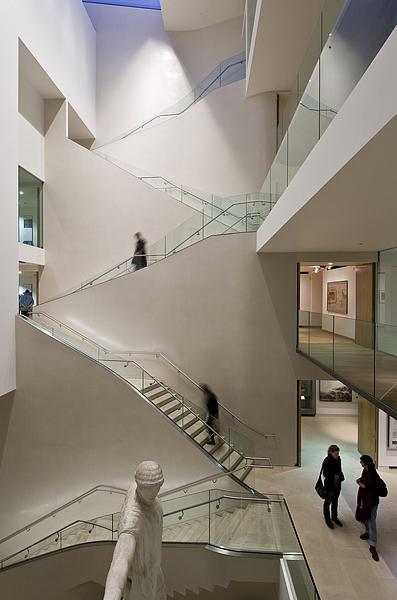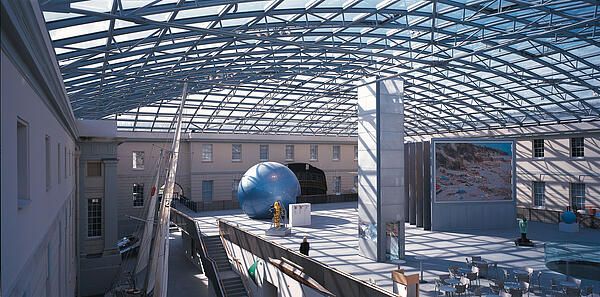The Wallace Collection
Exploiting the full potential of the building provides the museum with new space to display their entire collection, including the hitherto unseen Reserve Collection. A central focus for the building was created by glazing over the courtyard to form a sculpture court and restaurant. Technically challenging underpinning and full excavation of the basement yielded space for the new galleries and educational facilities including a lecture theatre, extensive archive space and the only open-access museum library in London. The existing galleries remained open to the public throughout construction. Prince Charles, the Prince of Wales, opened the new facilities in June 2000 on the Centenary of the Collection's bequest to the nation.Client
The Wallace Collection
Location
Westminster, London, UK
Size
5,850m²
Value
£10m
Dates
1993–2000
The Wallace Collection held a limited competition in 1995 for its Centenary Project, the last chance to expand the gallery within the existing fabric on its landlocked site. The purpose of this project was to safeguard the collection's physical and financial future. The competition brief included expansion of the galleries to enable the display of the entire collection, improved educational, library and archive facilities, and a new cafe. The brief was developed with the key members of the staff involved in each department.
The whole of the hitherto unseen Study and Fakes Reserve Collections are now on public view, displayed in a series of galleries that extend into the original museum basement and coal vaults. Space is also provided for a new education facility and lecture theatre; a gallery for temporary exhibitions; a gallery to display the Wallace's collection of Watercolours and Miniatures; an extensive archive space; and the museum library. New glass and pre-cast stone stairs connect the enlarged lower courtyard improving the link between the two levels.
The upper courtyard was covered with a lightweight glass roof (manufactured in Prague) which enabled the creation of a Sculpture Court, animated by a cafe, which is now the central focus of the whole building. The court, which is a tempered, daylit and unconditioned space to accommodate selected items of sculpture, also provides greater accessibility to the gallery spaces. The successful new cafe has zinc-clad waiter stations, with a bar concealing the dumbwaiters which rise discreetly from the new kitchen below.
Rick Mather Architects
